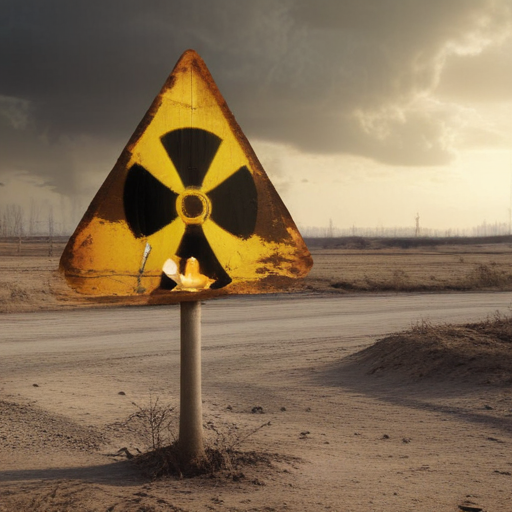Russia has rejected accusations of responsibility for a recent attack at the Chernobyl nuclear facility, which resulted in a fire and raised significant safety concerns. Rafael Mariano Grossi, the Director General of the International Atomic Energy Agency (IAEA), confirmed the incident, noting that their team at the site heard an explosion at 1:50 AM local time, followed by visible smoke and fire.
Emergency response teams quickly arrived to combat the flames, which lingered for several hours. Fortunately, Grossi reassured that both inside and outside the New Safe Confinement (NSC) building, radiation levels remain “normal and stable,” with no reported casualties or radiation leaks. This NSC structure was designed to contain radioactive materials from the catastrophic 1986 disaster at Chernobyl, where an explosion released vast amounts of radiation into the environment, impacting a wide area around the site.
Despite the absence of immediate danger, Grossi emphasized that the consistent threat to nuclear safety persists as the conflict continues. The recent military escalation near Ukraine’s Zaporizhzhya Nuclear Power Plant (ZNPP) underscores the urgency of evaluating and addressing these risks. He urged for restraint in military activities to protect Ukraine’s vital nuclear infrastructure.
The IAEA plans to keep the public informed with updates regarding the situation at Chernobyl as additional information becomes available. The ongoing vigilance emphasizes the delicate balance required to ensure safety amid ongoing military tensions in the region.
This incident reminds us of the precarious nature of nuclear safety in conflict zones, highlighting the essential role of the IAEA in monitoring conditions and advocating for protective measures. It’s vital that all parties involved prioritize the security of nuclear sites to prevent potential disasters in the future.
